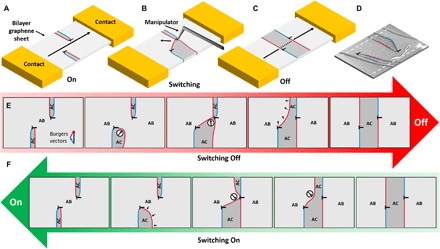Fig. 3. Schematic representation of a topological switch with potential functional properties and the switching process.

(A) Perspective view of the switch in the “On” position. A defined dislocation configuration is contained in a ribbon of bilayer graphene contacted at two sides. Mechanical switching (B) can change the dislocation state from an open to a closed configuration (C), meaning that, traversing the membrane, a topological defect is encountered in one state, while none is encountered in the other state (30). (D) Graphene membrane with a real dislocation configuration similar to the proposed switch, which could be transformed into the element by lithographic means. (E) The detailed process of the switching reaction from On to Off: Extension of a partial dislocation in the direction of the second out-of-plane dislocation leads to a recombination of dislocation lines. Line tension then straightens the dislocations to a defined state of minimal energy, with two dislocation lines running parallel through the ribbon. The configuration can be switched back (F) by connecting the other partial to the second out-of-plane dislocation.
